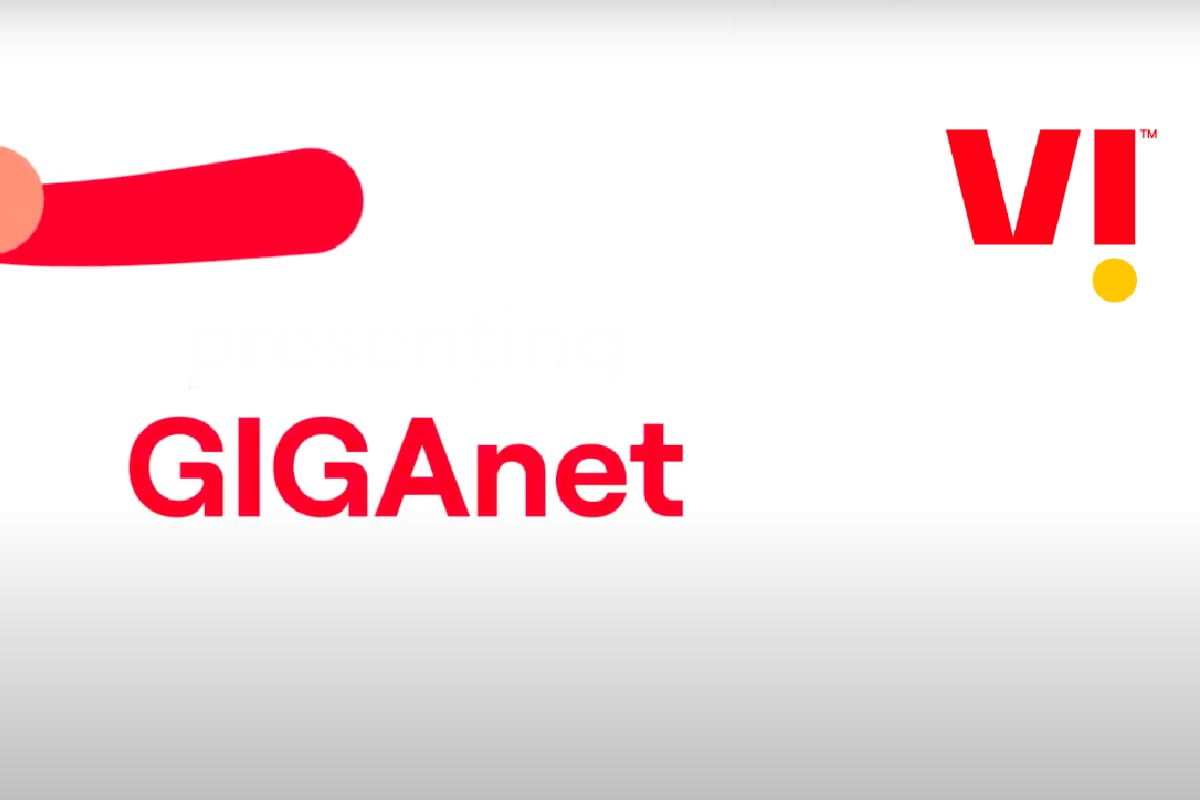

These are smart features, but they’re necessary to get the best life out of the Pocket WiFi 4G’s battery. The same policy applies when the hotspot is charging or connected to a USB device like a PC it doesn’t simply dumbly continue to connect to a mobile network unless it has to. If there are devices connected but not consuming data, it won’t disable Wi-Fi, but will suspend cellular service after an hour. Vodafone does note that the Pocket WiFi 4G has some smart battery-saving features, though if there are no devices connected, it will turn off the cellular data link after 10 minutes and Wi-Fi after an hour.

VODAFONE MOBILE BROADBAND SPEED REVIEWS UPDATE
With extremely light usage from a single smartphone or tablet - just using the hotspot to automatically update your email and social networks, for example - you might be able to eke another hour out of it, but it’s not enough battery capacity to survive for an entire day’s usage. It’s a relatively small 1780mAh unit, which should provide around six hours of active use. Inside the Pocket WiFi 4G’s removable rear cover, you’ll find the removable battery. Down on the lower bezel there’s a microUSB port for charging and connecting directly to a PC, and two external antenna ports for hooking up a larger and more powerful antenna. There’s a small, concave power button on the hotspot’s front, and a 1-inch monochrome LCD screen that displays signal strength, Wi-Fi status, data usage and network information. The satin black finish on front and back does a good job of hiding fingerprints and scratches, while the Vodafone logo and Pocket WiFi branding in white are a nice contrast. The Pocket WiFi 4G is actually pretty attractive device, as mobile data hotspots go (and yes, we know that’s not a high standard). Released alongside a broadly similar USB dongle, the Pocket WiFi 4G has a Category 4 LTE modem inside, and a 1780mAh battery capable of around six hours of constant usage.
VODAFONE MOBILE BROADBAND SPEED REVIEWS FULL
The Pocket WiFi 4G is Vodafone’s first mobile broadband device that can take full advantage of its high-speed metropolitan network. It can boast to being Australia’s fastest 4G network in the capital cities, where it has the largest allocation of spectrum - a full 20MHz allowance that gives it a theoretical technical advantage over Telstra and Optus. After having the network available to smartphone and tablet users for six months initially, it opened up to data-hungry mobile broadband devices in January this year. Vodafone is late to the 4G mobile broadband game.


 0 kommentar(er)
0 kommentar(er)
